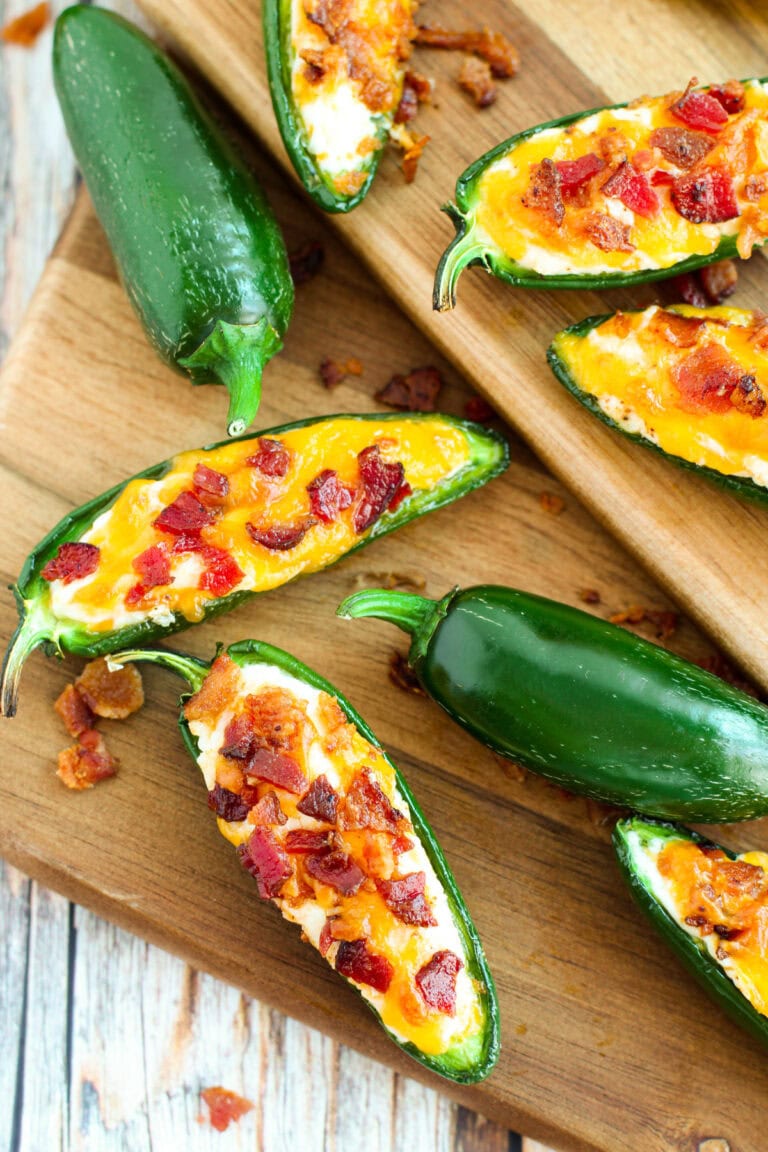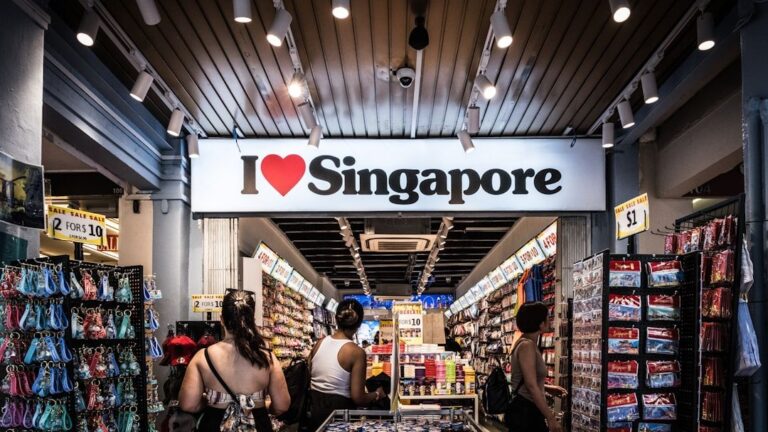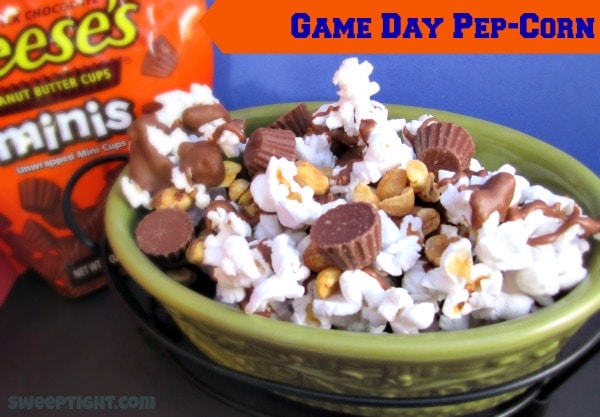Where Middle-Class Families Most Often Chose to Dine Out in the 1970s
When middle-class families wanted to celebrate a special occasion or simply enjoy a night away from cooking, the 1970s offered plenty of memorable options that balanced quality food with affordable prices. Though it wasn’t an every-night occasion, going out to dinner wasn’t unheard of when you were growing up in the middle class in the 1970s. But when it happened, for the most part, there was a budget to be kept to. The landscape was dominated by friendly chain restaurants that created lasting memories for American families during this pivotal decade.
A&W Drive-In Restaurants: Root Beer and Family Fun
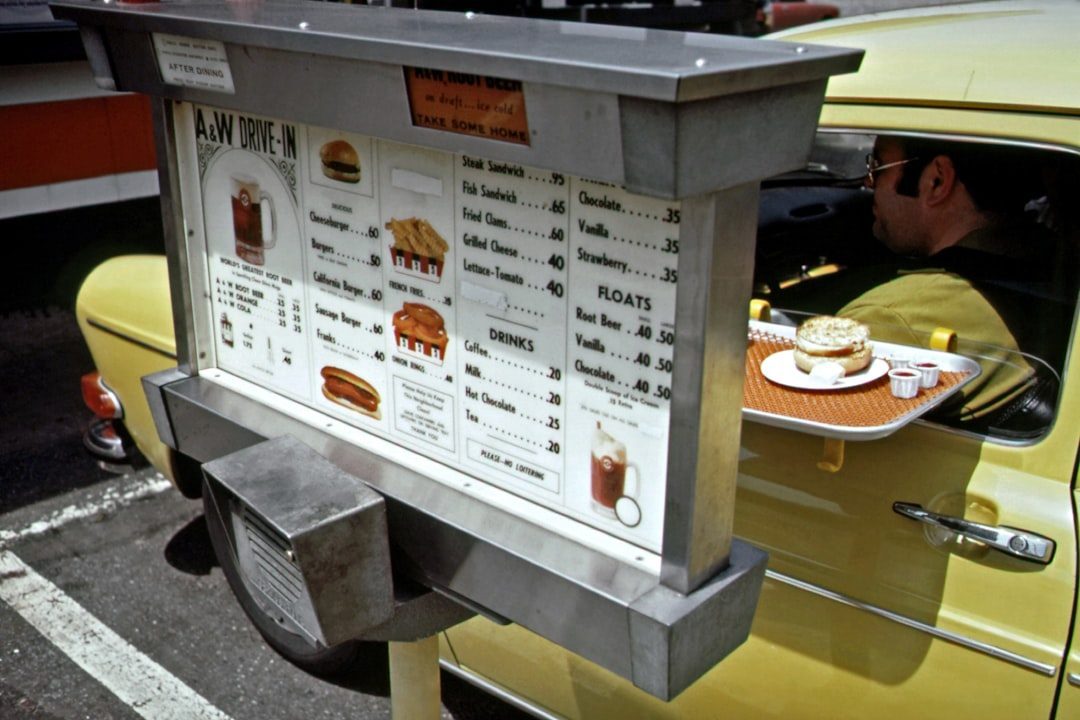
Let’s start with a real shocker: A&W wasn’t just about root beer floats. The brand you may only know for its root beer was absolutely popping off during the ’70s, which had grown significantly by 1974. During this time, there was a drive-in, making the burger-and-float experience all the better. The carhop service and classic American atmosphere made A&W a favorite destination where kids could enjoy their root beer floats while parents savored hearty burgers. The drive-in culture perfectly captured the casual dining spirit that middle-class families craved.
Pizza Hut: The Original Family Pizza Experience
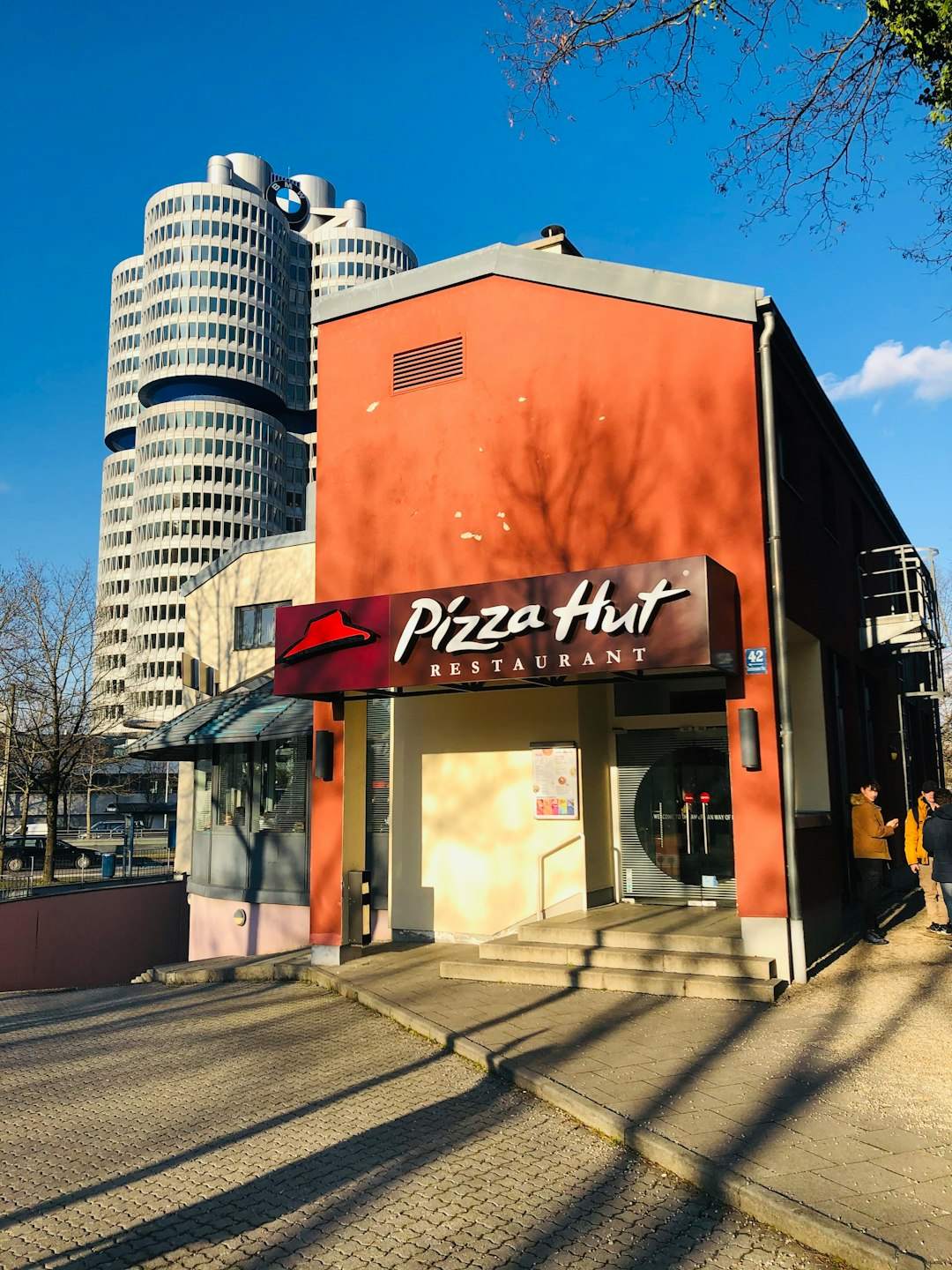
By the early 1970s, Pizza Hut was everywhere, thanks to its family-friendly dining atmosphere and consistent quality. These restaurants became popular spots for everything from family dinners to birthday parties. A family dinner was easy, even fun, at the Hut in the 1970s. And for feeding the family on a birthday dinner night? Forget about it. The iconic red-roofed buildings with their cozy booths, dim lighting, and checkered tablecloths created a warm atmosphere where families could linger over pizza and conversation. Back then, Pizza Hut restaurants were particularly well-versed in keeping your kids entertained, and restaurants often had various arcade games in-store. As you ate your pizza, your kids could busy themselves playing against their friends, with the games on offer getting more and more sophisticated and extensive as time went on.
Budget-Friendly Chain Restaurants That Won Middle-Class Hearts

Several lesser-known chains captured the hearts of budget-conscious families during the seventies. Red Barn was a burger chain that only lasted about 20 years, but during its height of popularity in the ’70s, it was operating about 400 restaurants in almost 20 states. Once it merged with the company that also ran Motel 6, they let the leases dissolve and Red Barn was nothing more than a whisper on the wind. Lum’s got famous for steaming hot dogs in beer and was well-loved with about 400 locations before it finally died in the early ’80s. These chains succeeded because they offered something unique while keeping prices within reach of typical family budgets.
Family-Style Dining Chains and Steakhouses
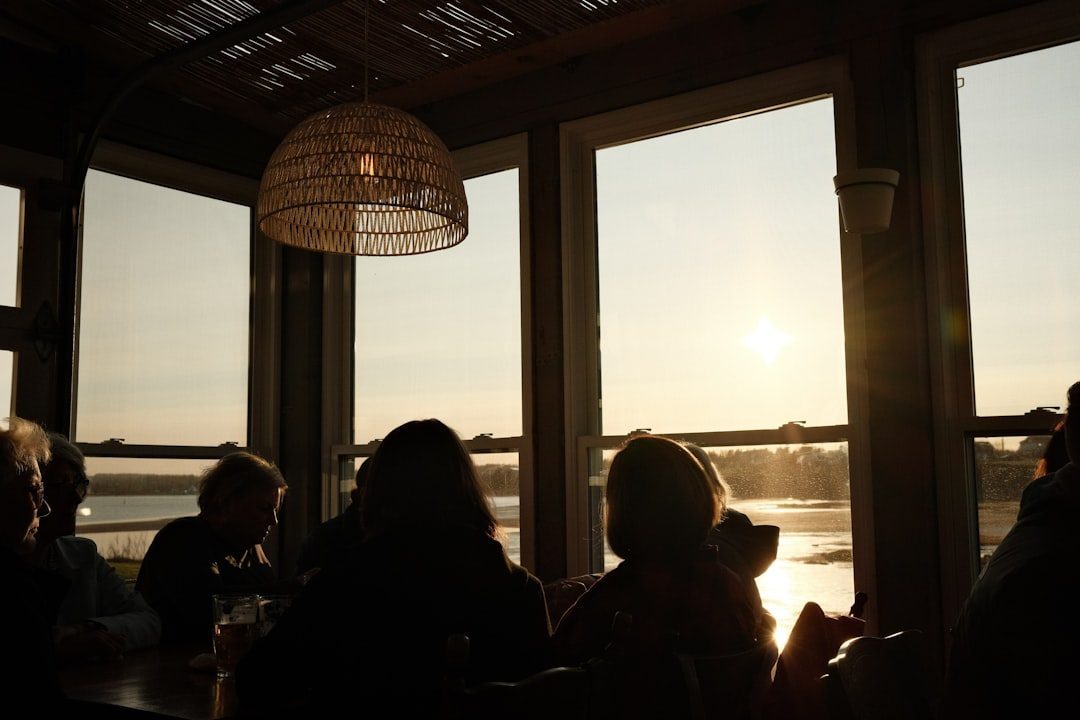
There was something for the whole dang family to enjoy at this magical-in-my-mind-but-probably-just-average diner, and you could handle the bill without breaking too much of a sweat in the ’70s. This sentiment captured the appeal of numerous family-style chains like Carrow’s Family Restaurant. If you liked the show “Bonanza,” you probably liked the pair of themed steakhouses the show had, which were co-founded by actor Dan Blocker. Ponderosa (where “Bonanza” took place), another steakhouse under the same umbrella, was just as easy on the wallet for a family going out to eat. York Steak House revolutionized the steakhouse experience with its cafeteria-style service that made premium cuts affordable for middle-class families. Dark wood paneling, stained glass, and dimmed lighting created an upscale atmosphere despite the self-service format.
The Cultural Shift Behind 1970s Family Dining
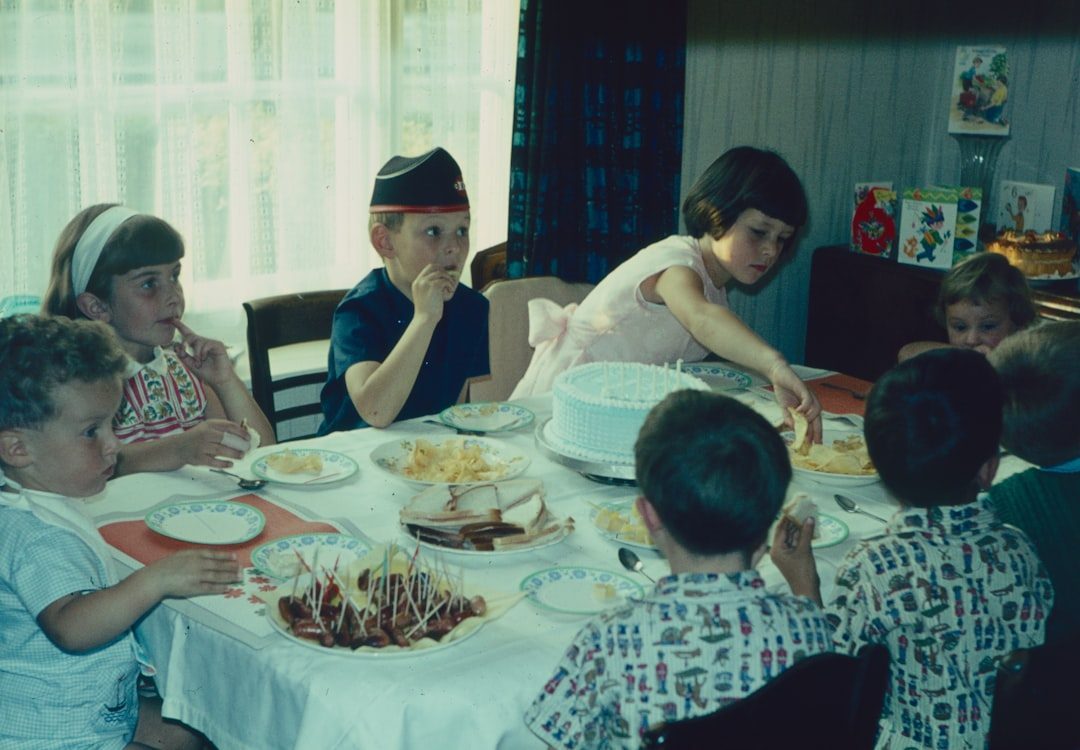
The economy falters but Americans eat more meals away from home than ever before, marking the 1970s as the gateway to the present. This decade marked a significant cultural transformation in American dining habits. At this point in time, there was a shift in gender roles. With a larger number of women in the workforce, restaurants were used as experiences with the family or a chance to get away from the preparations and cleaning up required of cooking at home. More casual-dining chains began spreading across the nation like Ruby Tuesday, which opened in 1972, and later the Cheesecake Factory in 1978. For a quick bite, the 1970’s marked Subway’s start into franchising. The decade represented a fascinating balance between economic uncertainty and a growing appetite for dining experiences that brought families together outside the home.
The 1970s established dining patterns that would shape American family culture for decades to come. These restaurants weren’t just about food – they were about creating memories, celebrating milestones, and bringing families together in spaces designed specifically for shared experiences. What strikes me most is how these establishments understood that middle-class families wanted quality time together without breaking the bank. Which of these forgotten family favorites do you remember most fondly?

